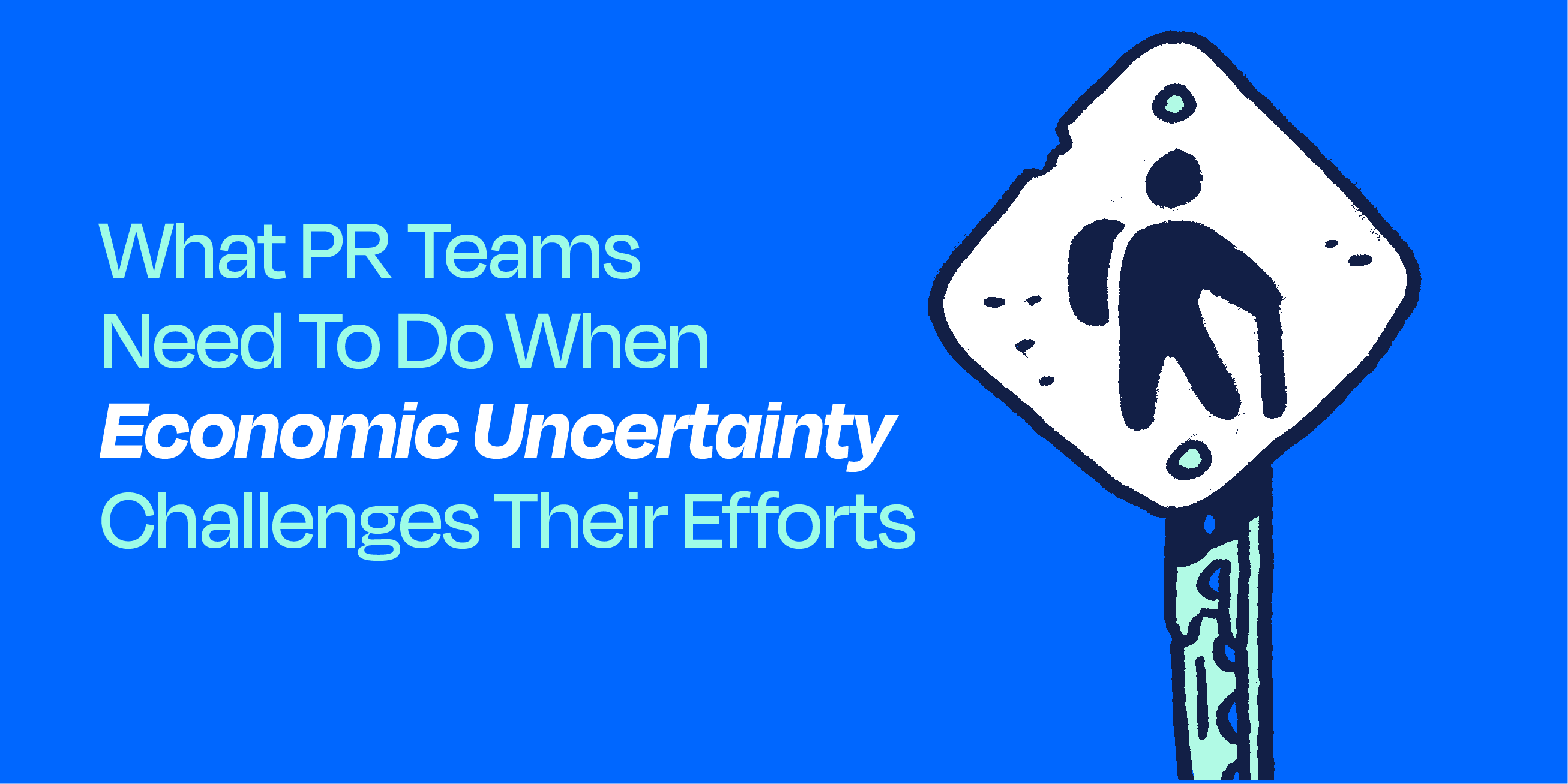With the morning sun shining and a fresh cup of coffee in hand, I settle into my chair for a presentation. A computer and whiteboard are ready at the end of the room, and I can tell the presenter feels passionate and prepared to talk about this topic.
That’s when she takes a deep breath and starts: “This is why we need to take a vacation with our cousins.”
The presentation included a well-defined list of benefits, destination options and a statistic about how travel contributes to overall happiness. She even shared the source, causing my journalist heart to beam with pride.
My daughter was trying to educate me about all the positives of this trip and advocate for what she wants. Without realizing it, she was dipping her toes into the massive pool of advocacy content and messaging that I — and millions of Americans like me — experience every single day.
What is advocacy content?
Merriam-Webster’s dictionary says advocacy is the act or process of supporting a cause or proposal. Therefore, advocacy content is content, like an article or video, that strives to do the same thing.
Advocacy content can often be seen in blogs, social posts or even direct-mail campaigns, but to reach a mass audience, media coverage is essential: For example, an article in a print or online newspaper that educates readers about an issue or mentions an organization in a positive light.
Unlike what some people think, advocacy content isn’t all politics and public affairs. It can help people understand a certain topic better, learn more about changes that may impact them or encourage them to try something new. This can be anything from food to finance, education to energy grids, technology to traffic safety — and beyond.
[Read more: What is social advocacy?]
Advocacy content mistakes
In the current age of misinformation, truthful, accurate, educational advocacy content is more critical than ever. Your media planning and creation strategies matter, so it’s important to avoid some big mistakes that could potentially turn off readers and damage your reputation.
Mistake 1: Including unconscious bias
Unconscious bias includes the stereotypes, associations and beliefs you have about other people, groups or organizations that you may not even fully realize. Everyone has unconscious bias and it can sneak into your advocacy content, especially when you’re passionate about your message. Triple check your content for what could be interpreted as bias to ensure fair, honest and inclusive messaging. Then have another person that will be honest review the content for potential bias, because a fresh eye may see things you cannot.
[Read More: Branded Content FAQs]
Mistake 2: Using opinion words
Opinion words can dilute your message and render your advocacy content ineffective. Avoid absolutes like best, worst, all, always, never and must. Many content creators also add unnecessary descriptors to add flair and urgency, which unknowingly adds opinion to their message, such as with words like flagrant or perfectly. Unless you are working directly with a reporter who says these words are OK or are being featured as a guest writer for an op-ed piece, do not use these words.
[Read More: 10 Proven MAT Release Writing Tips]
Mistake 3: Losing control of the message
A reporter liked your pitch and decided to write a story about the topic. You excitedly click on the URL and gasp as the message is nothing like you intended. Media relations is tricky, which is why paid media tactics are essential to help you control your advocacy message. This is when to consider Brandpoint guaranteed media placements that appear in top publications nationwide. Because you approve the content, the message is published exactly as you intend. No surprises.
Mistake 4: Being too aggressive
You know the old saying you catch more flies with honey? Apply the sentiment to advocacy content by not bringing others down in order to lift your message up. It makes you look bad, and many media publishers won’t even consider your content because they don’t want the potential negative reactions from readers and organizations. When creating advocacy content, it’s best to avoid pointed or aggressive tones. Take the high road by being informational rather than adversarial.
Mistake 5: Trying to accomplish too much
You have a lot of crucial information to share, so it’s natural to want to get as much as possible into your advocacy content. However, non-succinct messaging with too many objectives confuses the very people you want to appeal to. Remember, advocacy is like a marathon, not a sprint. This is especially true if you’re trying to woo skeptics. It typically takes a lot of small influences and repeat messaging to snowball into a changed opinion or specific action.
Mistake 6: Flexing the facts too much
Facts matter, but the funny thing about facts is there seems to be a source for just about any point you want to make these days. This has opened the floodgates for people to flex facts in their benefit, and some of it is downright dodgy. Be better by striving to be honest, truthful and straightforward. Use facts to support your cause from high-quality sources (think .gov, .edu). Always provide sources and embed them in the copy for digital publication for people who want to learn more.
Mistake 7: Relying too much on facts
Content with facts from high-quality sources helps readers feel there’s truth behind the message. But too many facts can feel like a report, and the content turns into a lecture. One way to balance research and statistics is to add a human-interest story to your content. Is there someone who experienced your issue firsthand who is willing to be featured? This can create empathy with readers, which is a key part of influencing their viewpoint.
Mistake 8: Relying on too many quotes
Quoting experts in an advocacy piece can be beneficial, but it’s important to balance a good quote or two with factual information that informs the reader about the topic. Relying on quotes too much to fill space can make your story lack the sustenance necessary to convey your message well. When using quotes, go for quality over quantity. Identify the person by full name, and of course, ensure the information is truthful, accurate and timely.
It’s challenging to create advocacy content that gets published by the media. It’s easy to make mistakes while trying to get attention for something that means so much to you. Take these lessons to heart to help you create advocacy content that is on message and makes an impact.
As for that cousin trip, it’s being seriously considered, dear daughter.
Guarantee media placements for your advocacy content!
Want some help securing media placements in over a thousand online publications? We know just how to get that done. Contact us today to get working on your next advocacy-related branded content campaign and we’ll get your message in front of millions of eyes.






